On September 28, 2025, Moldova holds elections that could determine whether it continues toward EU membership or shifts back into Russia’s orbit. This flash report examines the outcomes and what could they mean for Ukraine’s trade, energy ties, refugee protection, and security risks.
In the fourth year of the war, Ukraine faces a drastically different political environment. This report outlines three scenarios for the final six months of 2025. For each scenario, this report will assess possible military developments and their subsequent humanitarian impacts. It will also examine the broader economic, social, and political consequences.
This paper by Ukraine Sustainable Fund, produced with support from Mercy Corps, explores how voluntary carbon markets (VCMs) can help drive Ukraine’s postwar recovery and energy transition by unlocking green finance for renewable energy and sustainable recovery projects.
Due to the impact of the full-scale war, Ukraine’s power generation capacity remains impaired. This report explores how the energy crisis has affected the country’s SMEs. We identify businesses’ primary needs and the obstacles they face in attempting to achieve energy self-sufficiency. We also provide targeted recommendations to help the international community support SMEs in strengthening energy resilience, sustaining operations, and reducing vulnerabilities.
У зв’язку з повномасштабною війною спроможність України виробляти електроенергію залишається обмеженою. У цьому звіті досліджується, як енергетична криза вплинула на МСП в Україні. Ми визначаємо основні потреби бізнесу та перешкоди, з якими вони стикаються у спробах досягнути енергетичної незалежності. Ми також надаємо рекомендації, щоб допомогти міжнародним організаціям та донорам підтримати МСП у зміцненні енергетичної стійкості.
Since the start of the full-scale war, missile and drone strikes have diminished Ukraine's energy generation capabilities. Small- and medium-sized farmers in particular are struggling with the resulting blackouts. This report examines the challenges facing farmers, their coping strategies, and the availability and effectiveness of support mechanisms. It offers considerations for programmatic interventions and looks ahead to what small- and medium-sized farms might encounter in 2025.
Із початком повномасштабної війни ракетні удари та атаки безпілотників суттєво зменшили енергогенеруючі можливості України. Малі та середні фермери особливо важко справляються з відключенням електроенергії. У цьому звіті розглядаються проблеми, з якими стикаються фермери, їхні механізми подолання, а також доступність і ефективність підтримки, доступної для фермерів. Звіт також пропонує рекомендації для більш ефективної підтримки фермерських господарств та окреслює плани та очікування фермерів у 2025 році.
Amid ongoing missile and drone attacks that have severely curtailed power generation capacity, Ukraine faces an uncertain winter with estimates of potential electricity outages ranging from 4 to 18 hours daily. This report, the first in a four-part series by the Ukraine Crisis Analysis Team, offers a comprehensive overview of the crisis, delves into the impact on public utilities and the health sector, explores mitigation measures by the government, and highlights areas where further support is needed.








